-
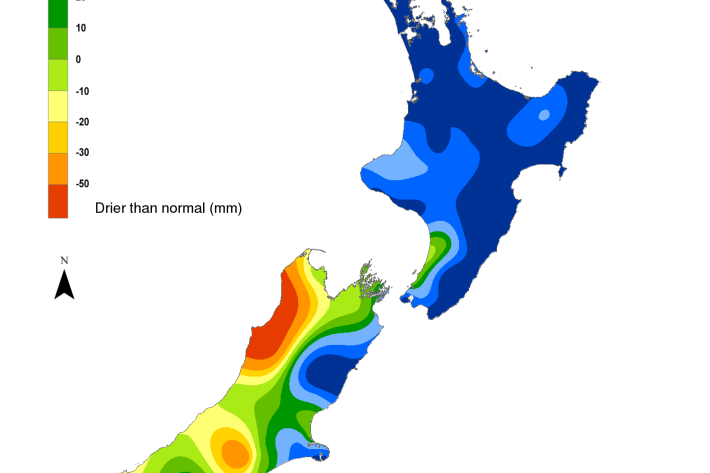
Hotspot Watch 2 March 2023
Hotspot02 March 2023A weekly update describing soil moisture patterns across the country to show where dry to extremely dry conditions are occurring or imminent. -
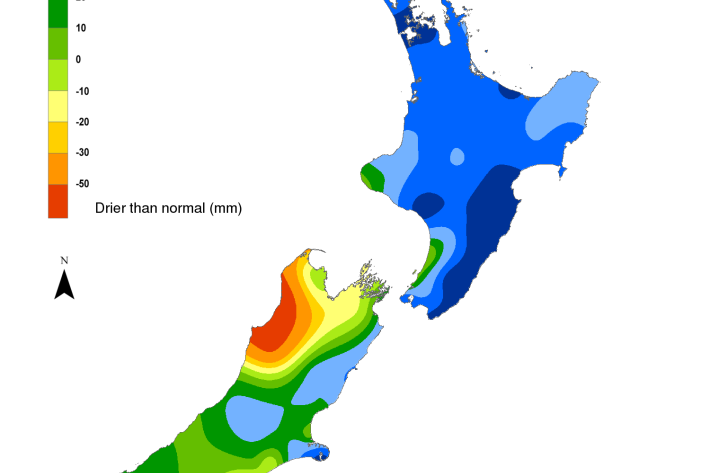
Hotspot Watch 24 February 2023
Hotspot24 February 2023A weekly update describing soil moisture patterns across the country to show where dry to extremely dry conditions are occurring or imminent. -
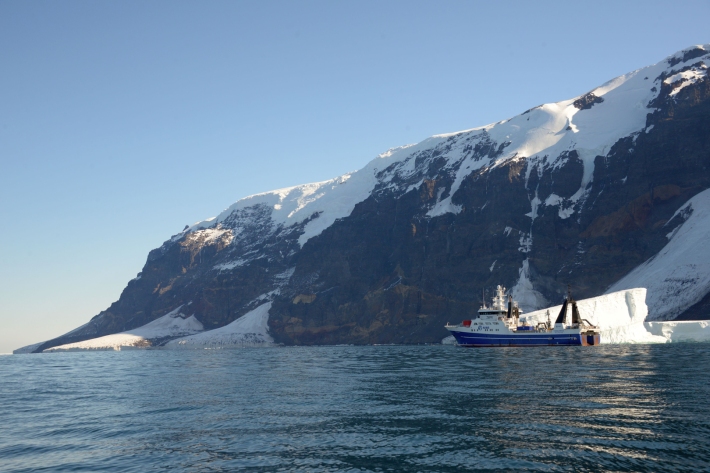
Record low sea ice levels mixed bag for Antarctic voyage
Media release23 February 2023Scientists from the National Institute of Water and Atmospheric Research (NIWA) have returned from a six-week voyage to Antarctica. -
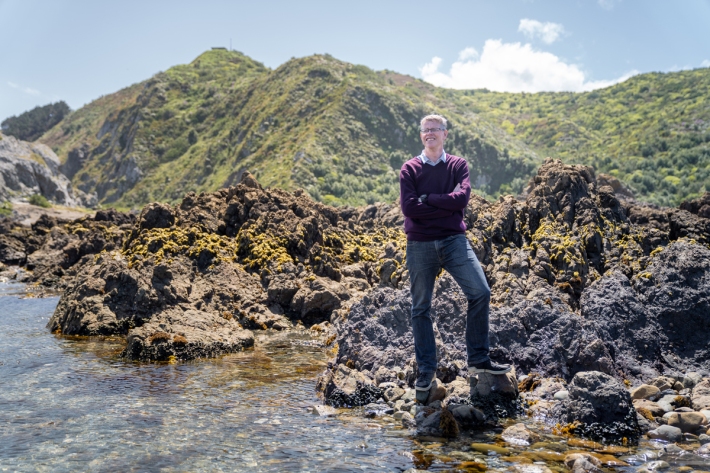
Research aims to quantify New Zealand’s Blue Carbon capacity of kelp seaweeds
Media release20 February 2023A research project co-led by Blue Carbon Services and NIWA will aim to provide New Zealand’s first national estimate of natural kelp-carbon sequestration in the marine environment. -
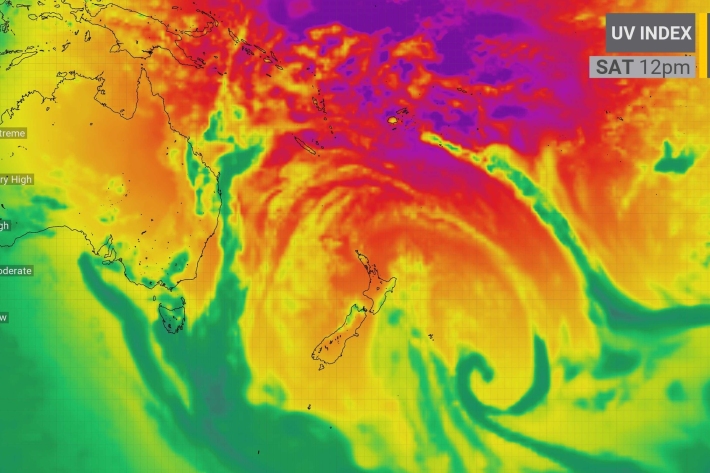
High UV prompts SunSmart warnings
Media release20 February 2023Ultraviolet (UV) radiation levels are averaging higher in 2022 compared to 2021, atmospheric scientists are warning. -
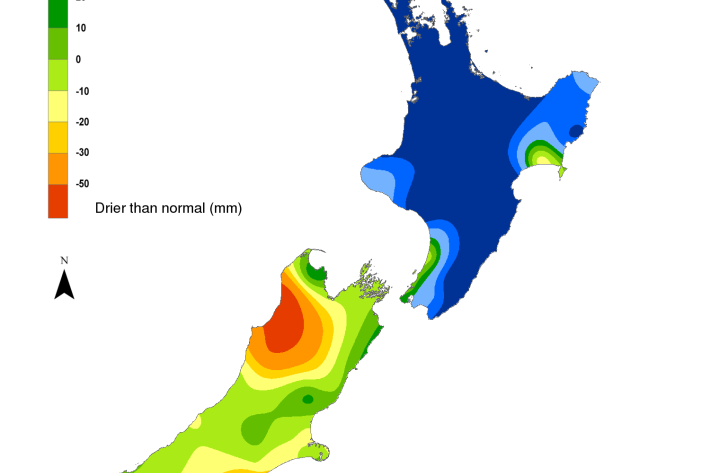
Hotspot Watch 16 February 2023
Hotspot16 February 2023A weekly update describing soil moisture patterns across the country to show where dry to extremely dry conditions are occurring or imminent. Regions experiencing significant soil moisture deficits are deemed “hotspots”. Persistent hotspot regions have the potential to develop into drought. -
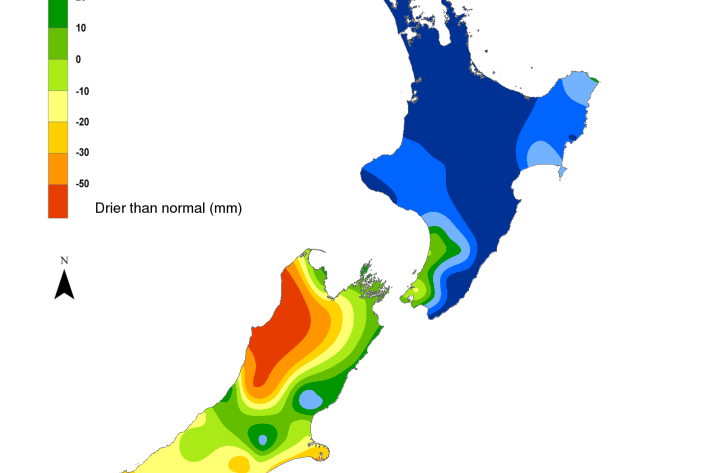
Hotspot Watch 2 February 2023
Hotspot02 February 2023A weekly update describing soil moisture patterns across the country to show where dry to extremely dry conditions are occurring or imminent. -
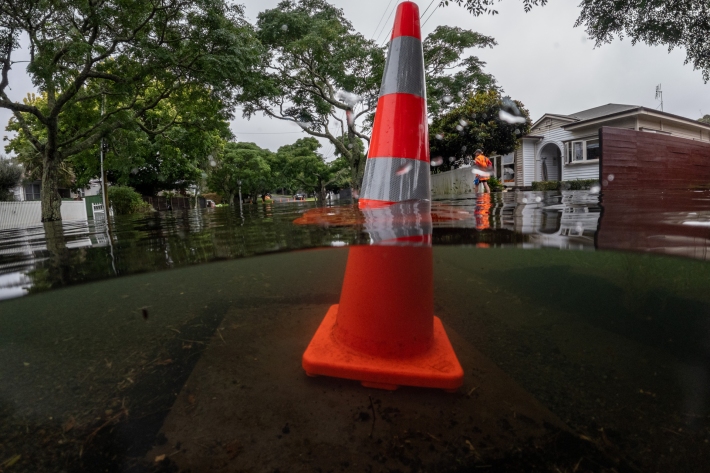
Auckland suffers wettest month in history
Media release02 February 2023January was Auckland's wettest month since records began, according to meteorologists. -
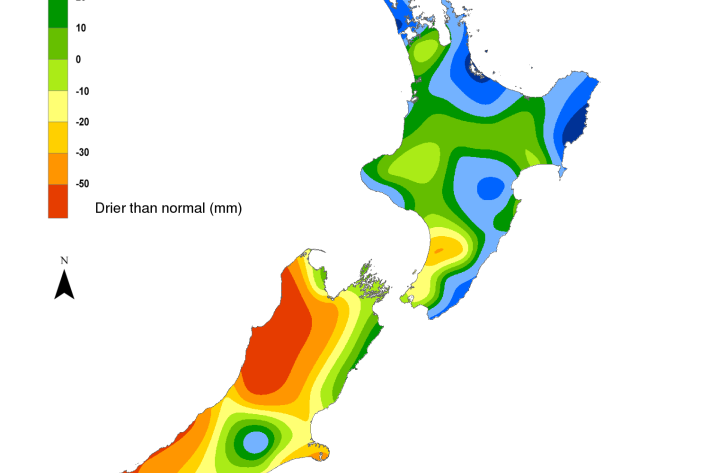
Hotspot Watch 27 January 2023
Hotspot27 January 2023A weekly update describing soil moisture patterns across the country to show where dry to extremely dry conditions are occurring or imminent. Regions experiencing significant soil moisture deficits are deemed “hotspots”. Persistent hotspot regions have the potential to develop into drought. -

Half of NZ’s rivers blocked for migratory fish
Media release25 January 2023Nearly half of New Zealand’s river network is partially or fully inaccessible to migratory fish, a new study shows. -

New discoveries from New Zealand’s deepest waters
Media release20 January 2023A joint Chinese – New Zealand research expedition to the Kermadec Trench at Ranghitāhua (Kermadec Islands region) has revealed fascinating new insights into life in the deepest part of New Zealand waters. -

Hotspot Watch 20 January 2023
Hotspot20 January 2023A weekly update describing soil moisture patterns across the country to show where dry to extremely dry conditions are occurring or imminent. Regions experiencing significant soil moisture deficits are deemed “hotspots”. Persistent hotspot regions have the potential to develop into drought.
